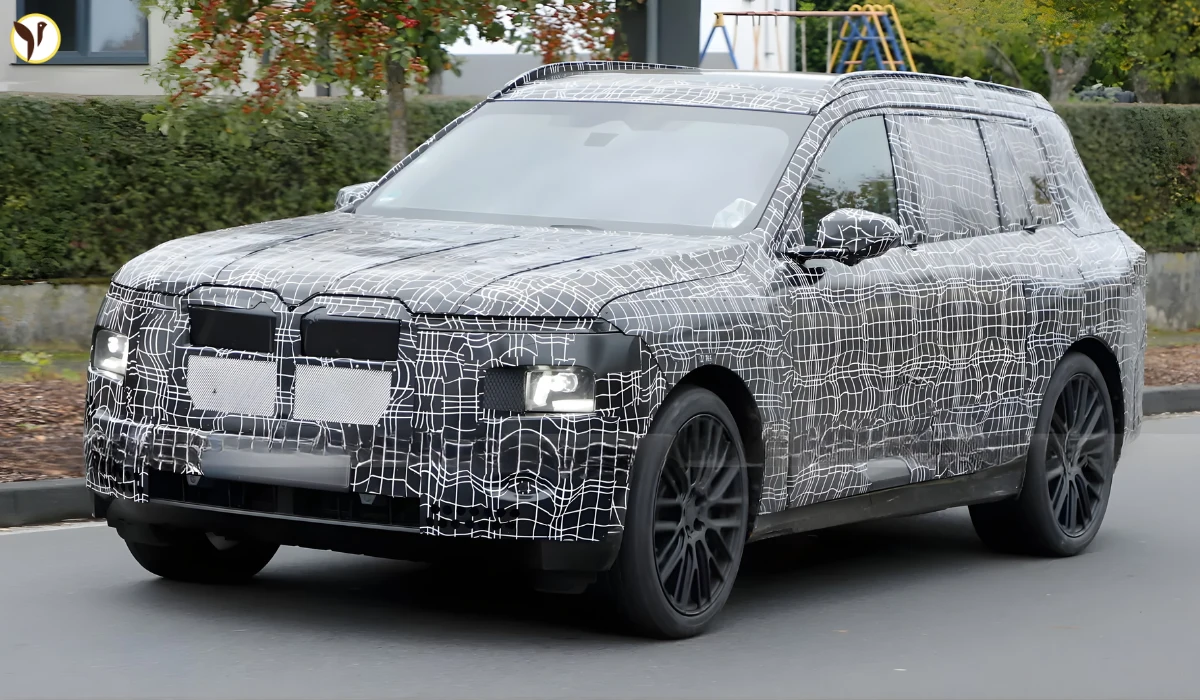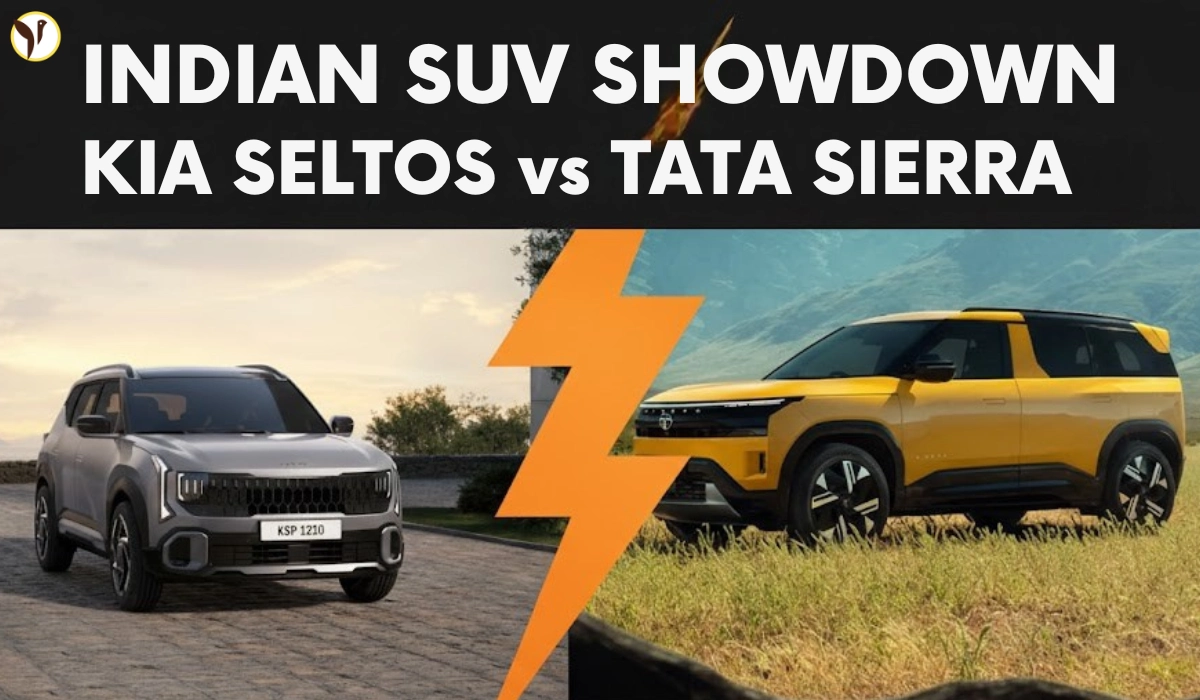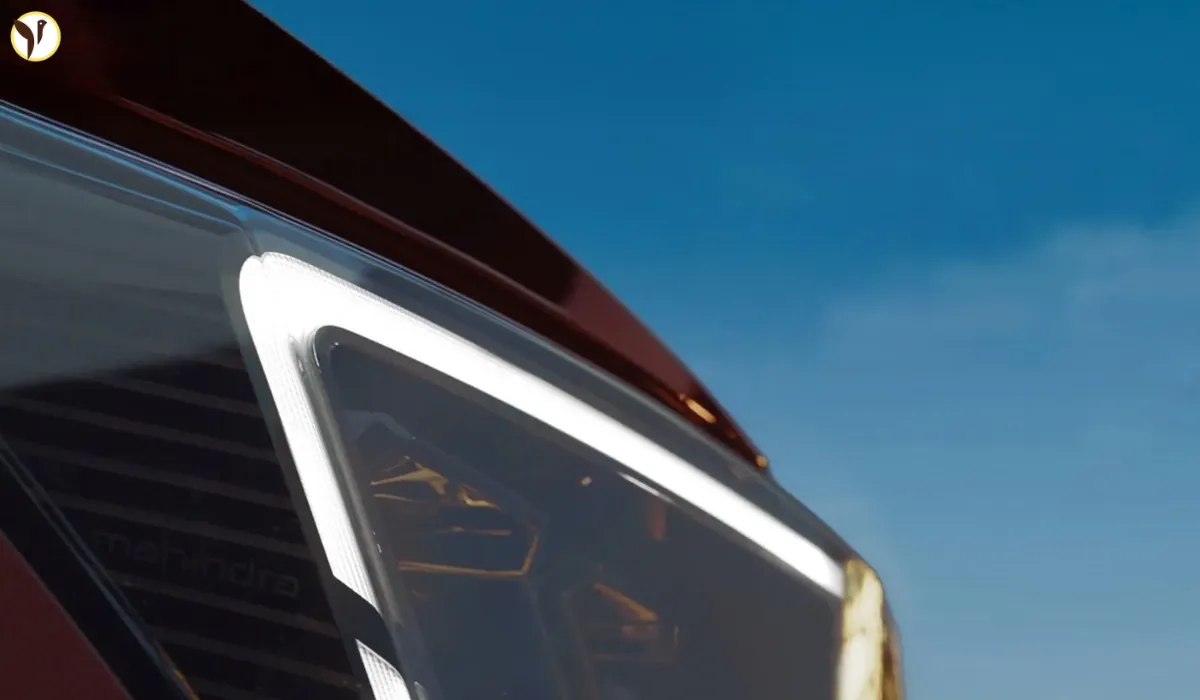Chevrolet enthusiasts, pay attention: the rear-wheel-drive Blazer EV, touted for its great range and clean design layout, has mysteriously vanished from Chevy's 2025 plans. If you were hoping to get the RS version with rear-wheel drive, you'd better hurry if you want to get it—because it is gone for good.
Now let's breakdown what this means and what's available in the lineup.
What is going away and why it matters
"The RS variant, featuring rear-wheel drive, stood as the Blazer EV's flagship model with an impressive EPA-estimated 324-mile range. For this reason, it is significant as it was a trim variant of the Blazer EV that was not biased front wheel or all-wheel drive, like most EVs that launch, but a rear wheel concept. The rear wheel-drive RS prototype provided drivers with a (almost) free classic feel of driving with smooth power transmitted to the rear wheels. Chevrolet has snuck this trim away in their build and price, as well as its future planning.
This mostly likely has to do with optimization of internal vehicle development and minimizing production, while emphasizing the base trims more relevant to EV buyers in the U.S. GM is solidifying their position towards optimal configurations that may be more appealing for the U.S buyer standard, across several trims.

What's Left For Consumers
Don't worry, the Blazer EV itself is not going anywhere. Chevy still has the RS (available in front-wheel-drive and all-wheel-drive configurations). The sporty SS trim is still available for adrenaline seekers.
From here, the LT trim is the entry level option, however the all-wheel-drive RS trim will provide good power and control. If performance is your goal, the AWD only SS trim has over 550 hp available and comes equipped with performance enhancing options that everyone will want to ride along in on your next trip.
What This Means For EV Consumers
For consumers who liked to have rear-wheel-drive in their electric SUVs, either for simplicity or range, they may feel a bit cheated. The RWD RS was one of the more "purist" offerings in the electric SUV space, with good range and a nice feel of smooth, RWD experience. However, the majority of SUV consumers in the united states prefer an AWD vehicle because of the traction and weather adaptable features, which is also possibly why the announcement came as a fortunate phasing out.
The phase out also prevents confusion for first time EV consumers in the market. Instead of juggling around too many drivetrains to choose from, consumers will have to worry about less and can make the choice to figure out which makes the best sense for their lifestyle, whether commuting, weekend trips, or hauling gear.
Specs Snapshot: 2025 Blazer EV Lineup
|
|
|
|
|
|
|
|
|
|
|
|
|
|
|
|
|
|
|
|
|
|
|
|
Conclusion
This isn’t anything headline-grabbing for Chevrolet (let’s be honest), but the Blazer EV will catch attention among EV enthusiasts and the cohort of die-hard Blazer owners. As the market for EVs matures, manufacturers are adjusting their line-ups to follow demand—and ultimately ditching less-popular trims quietly behind the scenes.
Despite recent challenges, the Blazer EV remains a competitive player in the electric SUV segment. The SS promises fun, the RS looks good and also provides some performance, and the LT is the most inexpensive way to join the Chevy family of EVs.
Source(Image / Thumbnail): caranddriver









